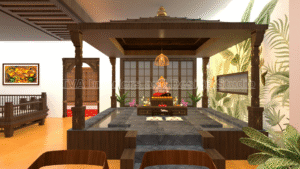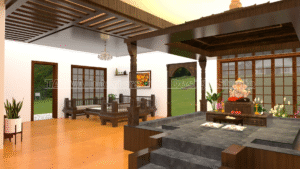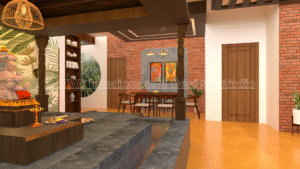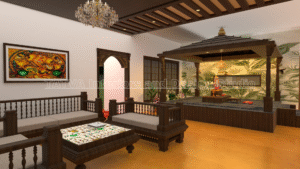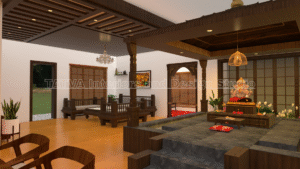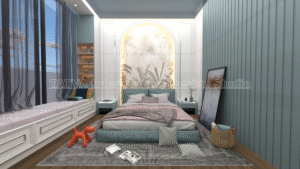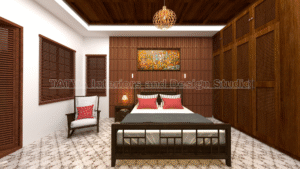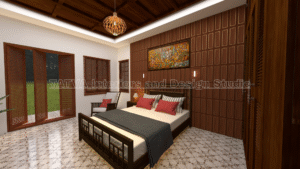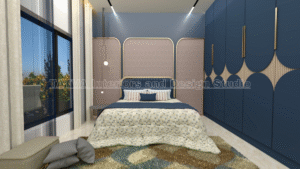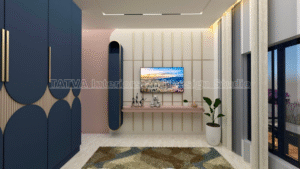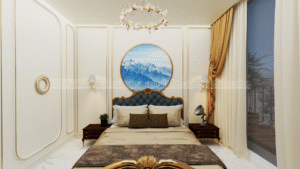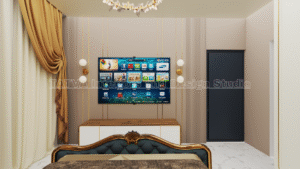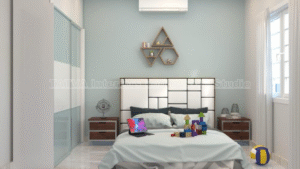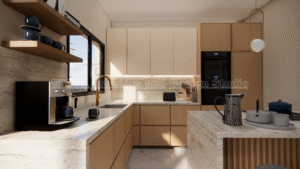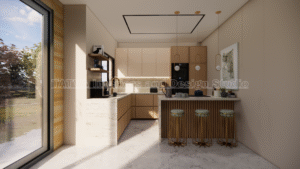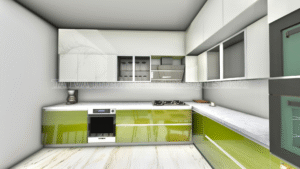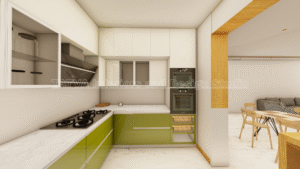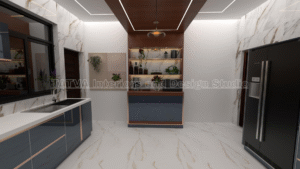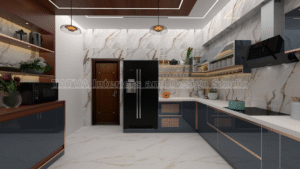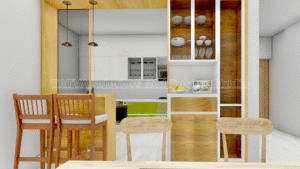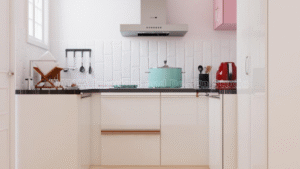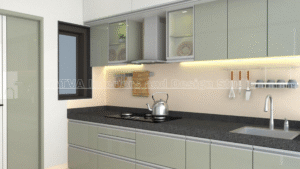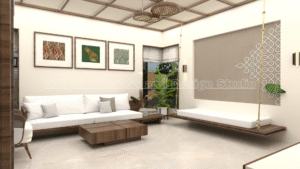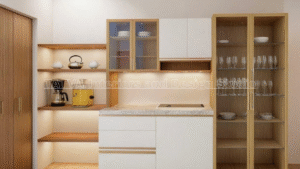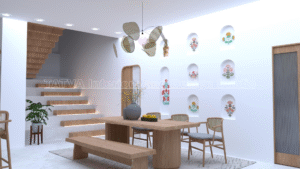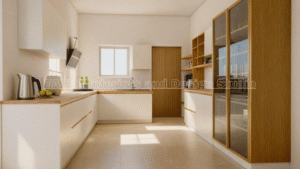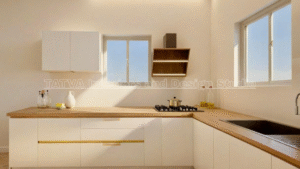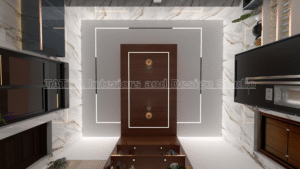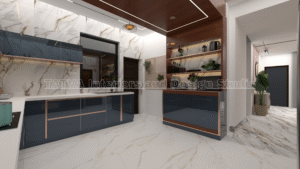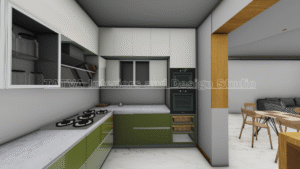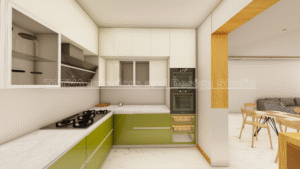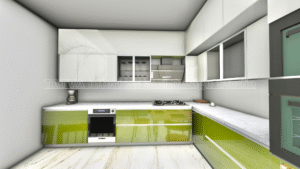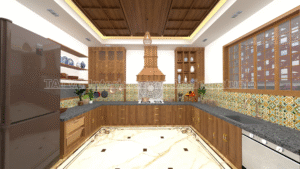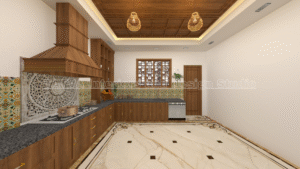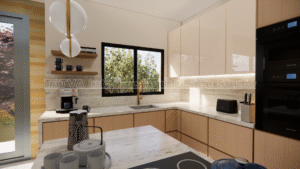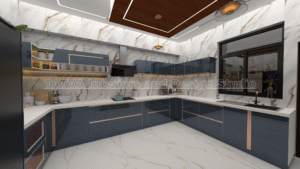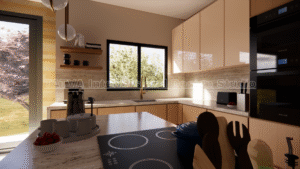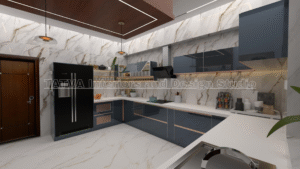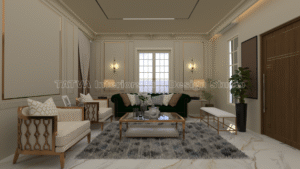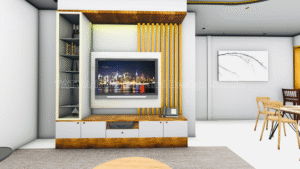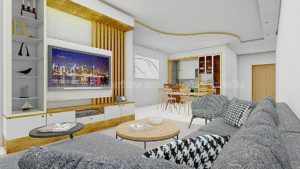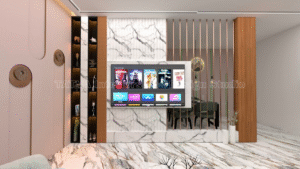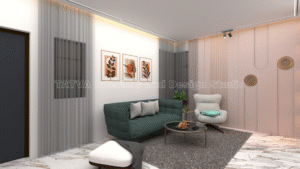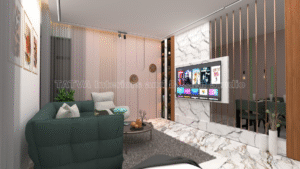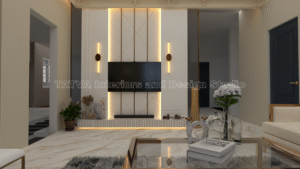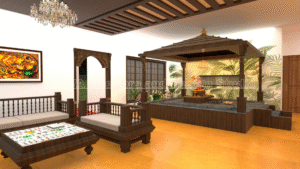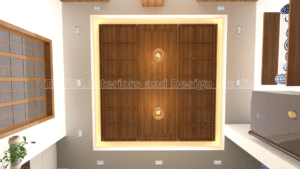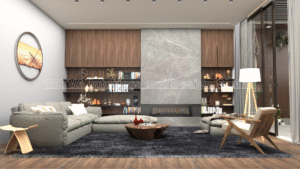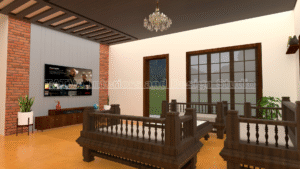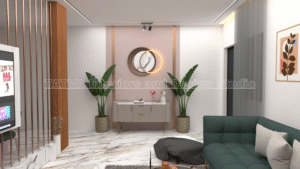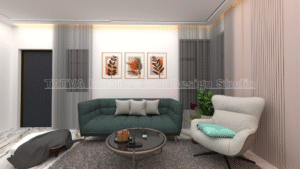🚫 Interior Design Mistakes to Avoid – A Designer’s Perspective
Designing your dream home is an exciting journey, but without the right guidance, it’s easy to make decisions that look good at first — but turn problematic later. From poorly planned lighting to overcrowded layouts, small oversights can lead to big regrets.
At Tatva Interiors and Design Studios, we’ve seen how thoughtful planning and professional input can prevent unnecessary costs and redesigns. Here’s a curated list of the most common interior design mistakes homeowners make — and how you can avoid them.
1. Ignoring Function Over Form
A beautiful design that doesn’t work for your lifestyle becomes frustrating very quickly. Many people fall for furniture, finishes, or layouts that look great in a showroom but don’t serve their everyday needs at home.
What to do: Prioritize function before finalizing any design. A well-planned home combines beauty and practicality. For example, ensure that kitchen work zones follow a logical flow — cooktop, sink, and storage should be easily accessible.
2. Choosing the Wrong Furniture Size
Oversized sofas in a small room or tiny beds in spacious master bedrooms can throw off the room’s proportions. Improper furniture scaling is a common interior design mistake, especially in 2BHK and compact Indian apartments.
What to do: Always measure the room before buying furniture. Opt for modular pieces in small spaces and consider custom-made furniture to suit your layout. Use visuals like 2D plans or 3D views before making final decisions.
3. Poor Lighting Layout
Lighting is more than just a ceiling fixture. It affects the mood, depth, and functionality of every space. Relying on a single light source is a major mistake — especially in living rooms, kitchens, and bedrooms.
What to do: Use a layered lighting approach — ambient (general), task (focused), and accent (decorative). For example, under-cabinet lighting in kitchens, wall sconces in hallways, and pendant lights over dining tables all add character and purpose.
4. Neglecting Storage Requirements
Stylish interiors without adequate storage often lead to clutter over time. From wardrobes to kitchen cabinets, lack of planning for storage areas is a design flaw many realize only after moving in.
What to do: Factor in hidden storage in every room. Think of full-height wardrobes, under-bed drawers, pull-out units, lofts, and multi-functional furniture. Smart storage solutions enhance both beauty and convenience.
5. Going Overboard with Trends
It’s tempting to copy Pinterest or Instagram trends, but blindly following them can result in a home that doesn’t feel personal or timeless. Trend-driven designs often become outdated quickly or don’t align with your lifestyle.
What to do: Use trends as inspiration, not instruction. Choose materials, colors, and layouts that reflect your personality and suit the Indian climate and lifestyle. Classic elements with modern touches work better in the long run.
6. Disregarding Color Psychology
Colors have a huge impact on how we feel in a space. Using colors that are too bold, mismatched, or overly dull can create discomfort rather than calm.
What to do: Choose soothing tones for bedrooms, brighter shades for kids’ rooms, and earthy neutrals for common areas. Test paint swatches on your wall under different lighting before finalizing.
7. Not Creating a Cohesive Style
A home with disconnected themes in every room lacks flow. Having a rustic kitchen, a modern living room, and a traditional bedroom with no design unity can make the home feel disjointed.
What to do: Define your core style — whether it’s contemporary, traditional, minimalist, or a mix — and carry its essence across the entire house through materials, finishes, or color palettes.
8. Overlooking Electrical and Plumbing Planning
Designing without considering electrical points or plumbing layouts is a costly mistake. Many homeowners realize too late that sockets are in the wrong place or that light switches are inconveniently positioned.
What to do: Coordinate your design with civil and MEP (mechanical, electrical, plumbing) planning early. Finalize furniture placement before planning switches, lights, and appliance points.
9. Rushing the Process
Interior design is a step-by-step process. Rushing through decisions to meet deadlines often results in compromises that can affect the final quality and satisfaction.
What to do: Allocate time for detailed planning, material selections, and approvals. Patience pays off in creating a space that reflects your style and stands the test of time.
Final Words
Designing your home should be a joyful experience — not one filled with costly corrections. By avoiding these common mistakes, you can save time, money, and most importantly, stress. At Tatva Interiors and Design Studios, we help clients avoid these pitfalls through expert planning, 3D visualization, and on-site support.
Planning to design or renovate your home?
Let us help you get it right the first time. Contact us for a consultation and let’s build your dream space — beautifully and smartly.

